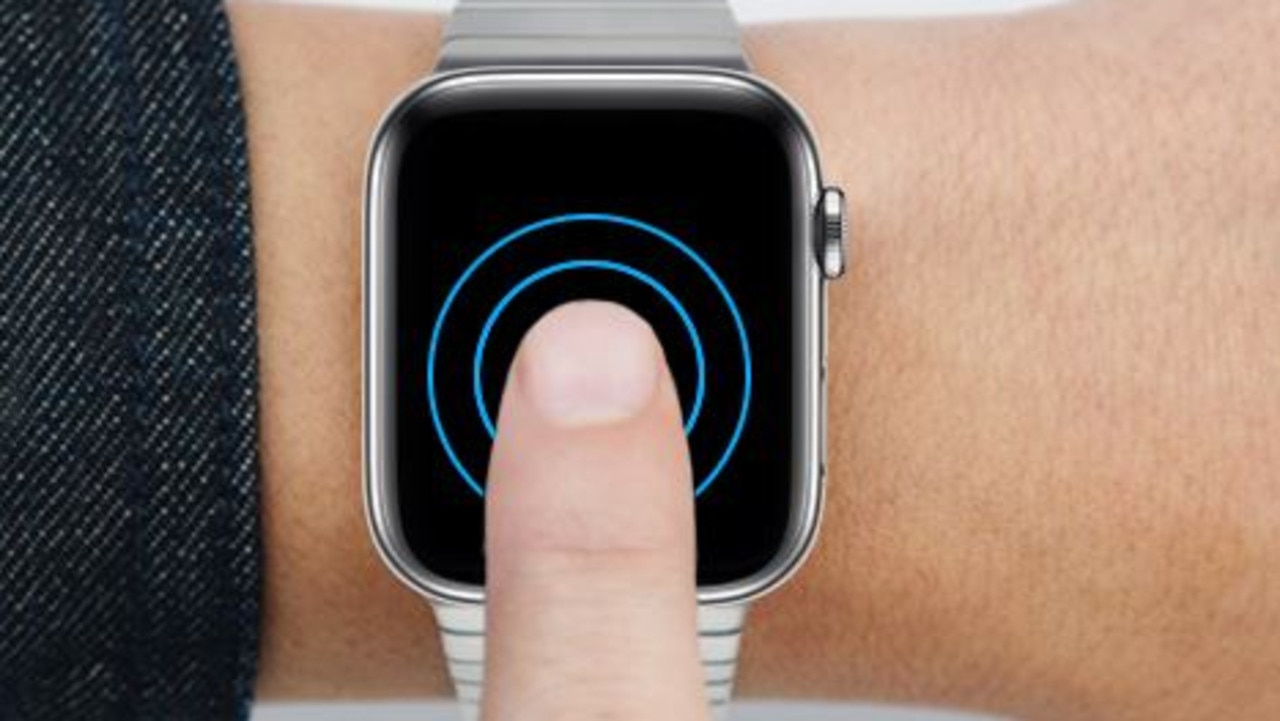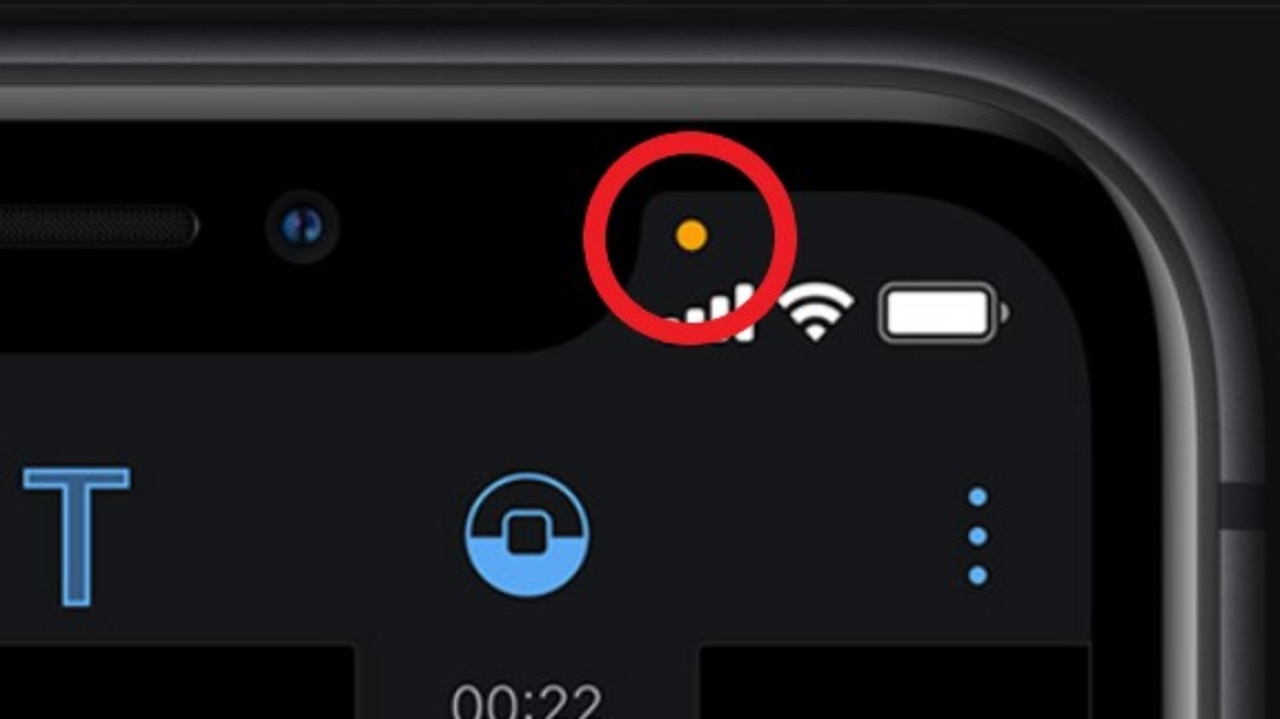Apple Watch Series 4 review: should you give Apple’s latest wearable technology your time?
IT’S got health features rarely seen outside hospitals and a surprisingly large screen. Is the Apple Watch 4 finally a reason to wear tech? READ OUR REVIEW.
IT’S not often that gadgets come along that can literally save your life.
A well timed mobile phone call might qualify, alongside pacemakers and blood glucose monitors, but nothing has the same health credentials, convenience, and style as Apple’s upcoming smartwatch.
The Apple Watch Series 4 will not only count your heartbeats but warn you if they get too fast or too slow. It will monitor your heart rhythms. It will even alert the authorities if you have a fall, or nag you if you sit for too long or exercise too little.
Combined with podcasts, music, weather forecasts, messages, workout tracking, and full no-phone-attached mobility, this new smartwatch looks to be the one wearable to rule them all.
But there are several catches to Apple’s new timepiece/health monitor/Dick Tracy dream, and features that didn’t make the final cut. We’ve tested everything its tiny watchface can offer to help you make the right purchasing decision when launch time comes on Friday, September 21.
WATCHING YOUR HEALTH
The announcement of Apple’s new smartwatch didn’t just send hearts racing, it sent web searches for “ECG” skyrocketing.

The reason is a subtle ring on the back of this smartwatch that is actually an electrical heart sensor. Combined with another electrical sensor on the watch’s crown, you can use this watch to monitor the rhythm of your heart and possibly detect warning signs of atrial fibrillation.
It’s a serious heart condition where the upper chambers of the heart beat out of co-ordination with the lower chambers, and one that could have no symptoms at all.
READ MORE: Apple reveals its latest wearable tech plans
Are you worried you might have it yet? Hope not. The news about this headline feature is good and bad.
Apple is doing the right thing by seeking official approval from national medical authorities. America’s Food and Drug Administration is set to approve its release there later this year but, in Australia, the company has yet to get the go-ahead.
So while you’re buying access to this technology, and Aussie Watch users will probably see it enabled at some stage, there are no indications of when that might be.
If you’re concerned about heart palpitations, you should probably see a doctor rather than an Apple Store.
This addition represents a major new move for Apple’s popular smartwatch, though, making it a device not just for the uber fit but people who just want to live to see the next Apple iPhone. And the one after that.

To that end, there are more new health features in this Watch which are available immediately.
The most creative is Fall Detection that uses the device’s next-generation accelerometer to determine whether the wearer has slipped, tripped, or fallen down by tracking their movement. If they remain motionless for a minute, the Watch will send an alert before calling their emergency contacts and triple-0 for help.
Users have to opt in to this feature in the Watch’s app unless, curiously, they’re over the age of 65, in which case Apple turns it on automatically.
There’s a chance you can accidentally trigger this feature during a particularly aerobic workout, so users should be careful to keep an eye on its screen.
The final new health addition is a low-heart rate alert that can be triggered when the Watch detects your pulse has dropped to 40, 45 or 50 bpm for 10 minutes. It might sound counterintuitive but this could be useful to detect a range of heart and metabolic ailments.
WRIST REDESIGNED
While its new medical skills will hog attention, the first significant Apple Watch redesign is worth your time too.
An extra 2mm on the size of this device doesn’t sound like a lot but, when combined with shrunken screen borders, it delivers a display more than 30 per cent larger than before.
This makes the watch easier to read, icons easier to tap, and designs more impressive on your wrist.

The Watch’s body is also noticeably thinner than previous models, there are genuinely handy new watchfaces with more complications and animations to appreciate, and there’s now a gold stainless steel option — a cool, bronzed hue that doesn’t resemble a cheesy retirement gift from a Hollywood movie.
This watch also delivers strong vibrations to your wrist, and more often. You can customise this haptic feedback in Watch app but, at full intensity, you’ll find it hard to miss an alert.
TALK TO THE HAND
Naturally, Apple delivers a built-in 4G connection as an option in this watch so it can be used independently of an iPhone, whether you go for a run or leave your phone behind by accident.
Taking phone calls from your wrist has been made easier in this model, however, as the speakers have been swapped to the other side of the Watch and deliver 40 per cent more volume.

This is particularly handy when you’re navigating through a noisy crowd and would normally have your arm at your ear.
It can also be used with Walkie-Talkie, an innovative new feature of WatchOS software. Invite another friend with an Apple Watch to take part, and you can swap instant voice messages that are announced as they arrive. Just don’t keep this feature on, volume up, during important work meetings.
AGAINST THE CLOCK
The main sin of Apple’s fourth Watch is omission: users who buy this wearable device for its heart health features will have to wait for all of them to arrive, and it could take some time.
There are some other notable annoyances, though.
Despite demands from smartwatch wearers everywhere, the battery life of this device remains the same. Apple promises 18 hours of typical use from Series 4 watches and, while it will get you through most days, it’s a missed opportunity.
Being able to deliver a full 24 hours away from a power point would be a bonus for travellers and forgetful users alike, and would compare more favourably with its forthcoming Samsung rival that will offer up to 45 hours of use.

Apple’s latest smartwatch also only accepts the company’s own proprietary watch bands, rather than standard models, though the company deserves credit for keeping them compatible with older straps.
The extra technology inside the Apple Watch Series 4 will also cost users extra. While it doesn’t match the iPhone XS price hike, a basic 4G version of this smartwatch will set users back $190 more than last year, with its starting price of $749.
VERDICT
Apple may have been late to the smartwatch market, but its fourth Watch will cement its position on top of it.
The new model should not only appeal to fitness fanatics but, by adding medical monitors, those who want to be fit in future.
While potential users could be put off by the late arrival of its electrocardiogram feature, in addition to its $200 price jump, its larger screen, thinner body, and louder volume could win over the smartwatch curious.
Ultimately, the fourth Apple Watch presents the best argument to date to strap a shrunken smartphone to your wrist.


